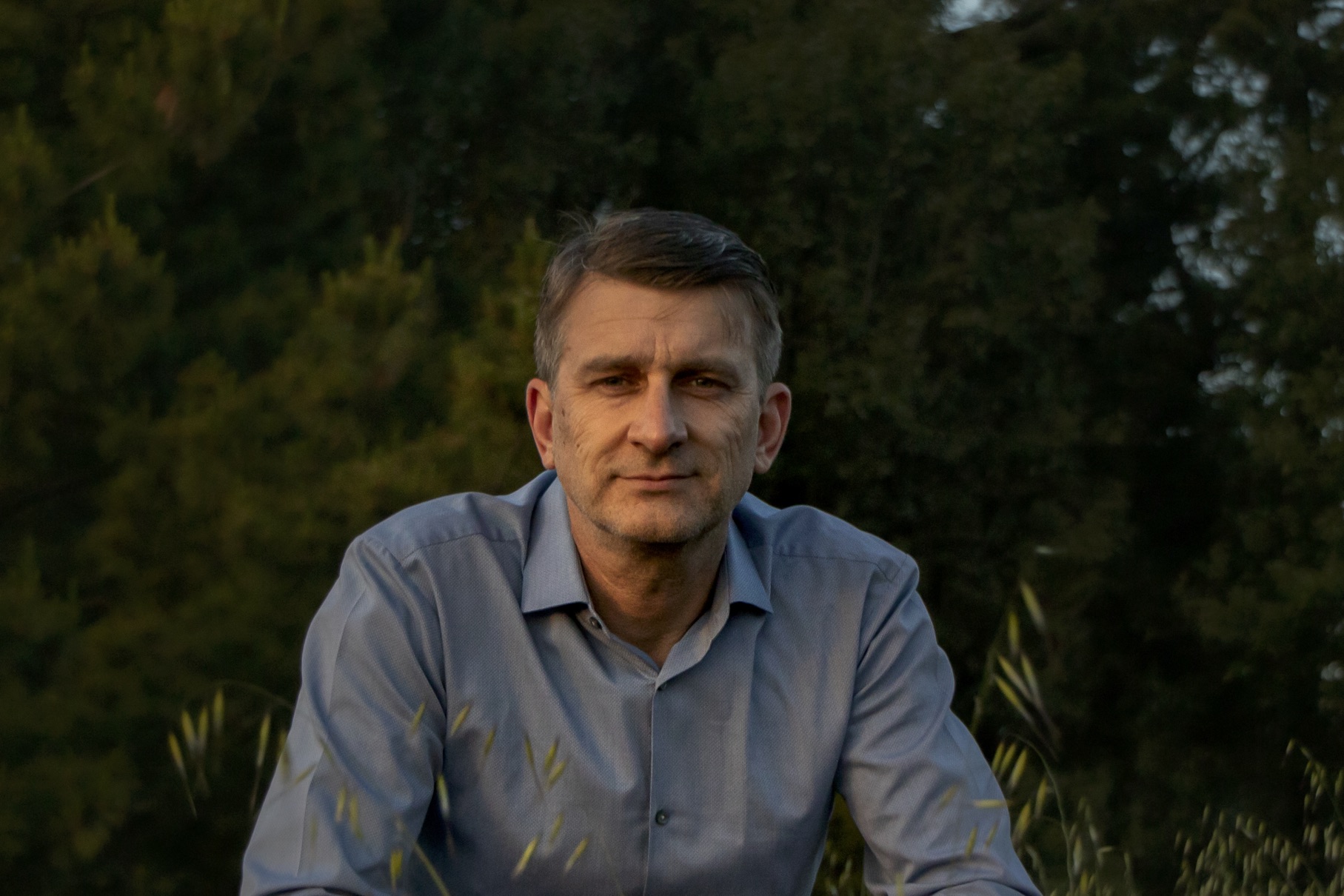
Berkeley Lab physicist Uroš Seljak (Credit: Sebastian Seljak)
A trio of physicists – including Uroš Seljak of Lawrence Berkeley National Laboratory (Berkeley Lab) – has been awarded the 2021 Gruber Cosmology Prize for their work studying the large-scale structure of the universe as well as the properties of its first instant of existence.
Along with Marc Kamionkowski of Johns Hopkins University and Matias Zaldarriaga of the Institute for Advanced Study, Seljak was recognized by the prize committee “for their work on the Cosmic Microwave Background, the most direct tracer of the primordial universe and of its physics. Their theoretical predictions and analysis tools for the cosmic background, its intensity, and even more its polarization, have been essential to the development of this field of research over the last 25 years, already testing predictions of the inflation model for the early expansion of our universe.”
“We are being recognized for theoretical research that predicted the existence of B-modes in polarization of cosmic microwave background. A detection of B-modes would demonstrate the existence of gravitational waves originating from the earliest moments of our universe. It would give strong support to the theory of inflation as the creator of structure in our universe,” said Seljak, who has a joint appointment with UC Berkeley, where he is a professor in the department of Physics and Astronomy. “The search for B-modes is now a flourishing experimental field, with many different groups trying to detect it, including the group here at Berkeley Lab and UC Berkeley.”
The Gruber International Prize Program honors individuals whose groundbreaking work in the fields of cosmology, genetics, and neuroscience provides new models that inspire and enable fundamental shifts in knowledge and culture. The Cosmology Prize honors a leading cosmologist, astronomer, astrophysicist, or scientific philosopher for theoretical, analytical, conceptual or observational discoveries leading to fundamental advances in our understanding of the universe.
“I offer warm congratulations to Uros on this highly distinguished award, which recognizes seminal contributions he made early in his career,” said Natalie Roe, Associate Lab Director for Physical Sciences. “Uros continues to advance cosmology with recent work incorporating machine learning and other advanced computational techniques, all of which will be central to the success of DESI, CMB-S4, and other upcoming cosmology experiments.”
DESI, or the Dark Energy Spectroscopic Instrument, aims to produce the largest 3D sky map ever; CMB-S4, or Cosmic Microwave Background Stage 4, is the largest collaborative undertaking yet to explore the relic light emitted by the infant universe. Both experiments are led by Berkeley Lab scientists and supported in part by the U.S. Department of Energy.
The three recipients will equally share in the $500,000 prize.
For more on the work that led to this prize, read the Gruber Foundation’s profile.
# # #
Founded in 1931 on the belief that the biggest scientific challenges are best addressed by teams, Lawrence Berkeley National Laboratory and its scientists have been recognized with 14 Nobel Prizes. Today, Berkeley Lab researchers develop sustainable energy and environmental solutions, create useful new materials, advance the frontiers of computing, and probe the mysteries of life, matter, and the universe. Scientists from around the world rely on the Lab’s facilities for their own discovery science. Berkeley Lab is a multiprogram national laboratory, managed by the University of California for the U.S. Department of Energy’s Office of Science.
DOE’s Office of Science is the single largest supporter of basic research in the physical sciences in the United States, and is working to address some of the most pressing challenges of our time. For more information, please visit energy.gov/science.